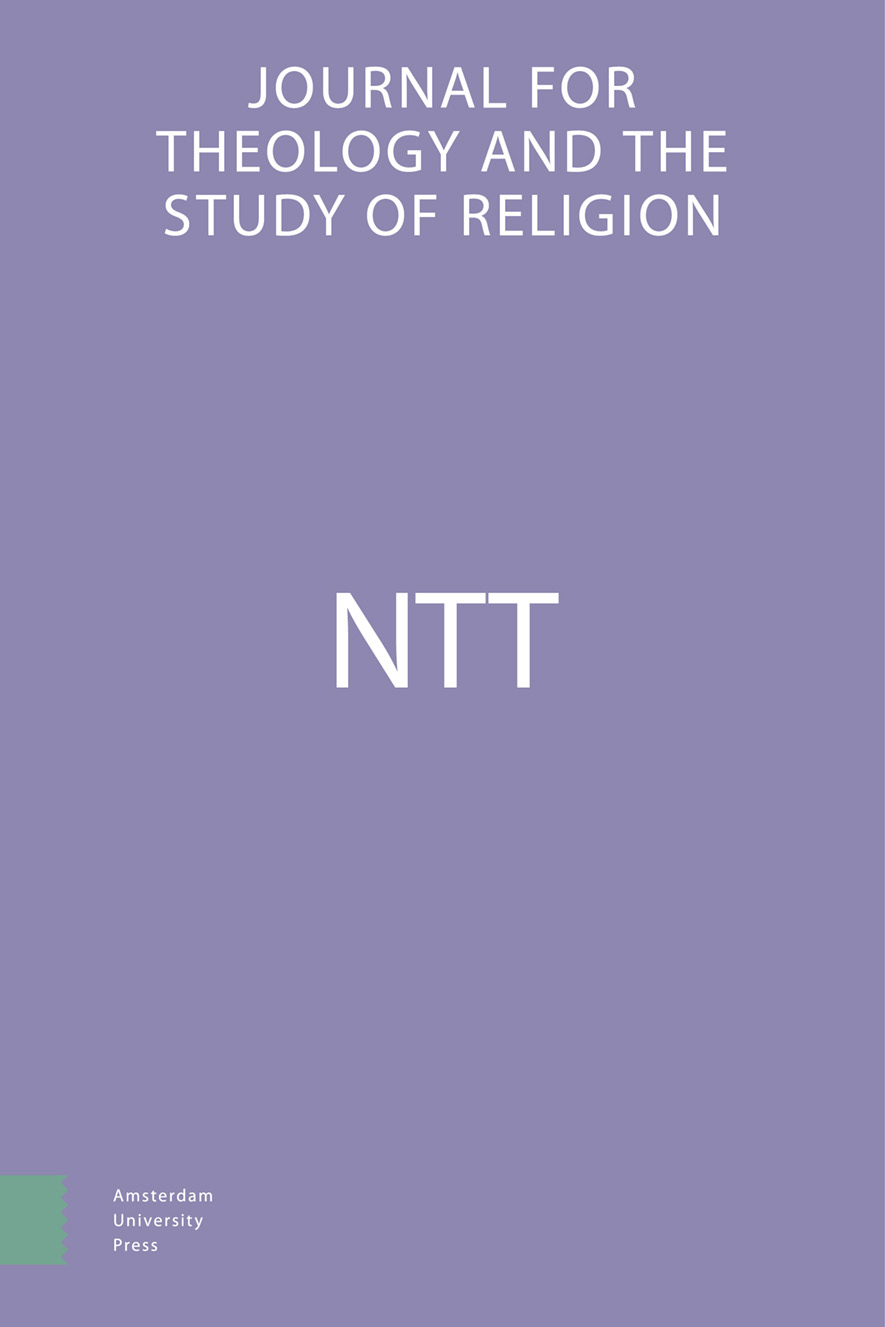-
oa Herinnering en hoop in monastieke stervensverhalen
- Amsterdam University Press
- Source: NTT Journal for Theology and the Study of Religion, Volume 72, Issue 4, Dec 2018, p. 301 - 318
Abstract
The ideal of self-loss from monastic tradition seems to contradict the continuing bond of contemporary individuals with their beloved ones after death. This leads to the question how prospective hope on a hereafter and retrospective remembrance of the life of the deceased can be combined and open a perspective on eternity. Furthermore, one can ask how a form of spirituality that is directed to self-loss already during earthly life, can contribute to the experience of a person in his or her last days by being fully present during the dying process. Departing from these contemporary questions, the article presents dying-narratives from the first centuries of Christian monastic tradition. From these dying-narratives we learn that remembrance does not exclusively refer to the biography of the deceased. Furthermore, hope on a hereafter can gain more personal relevance by emotional commitment. The absence of the deceased can be filled symbolically, e.g. by experiencing the moment of death or getting a task from him or her. In this way, dying-narratives about early monks and nuns can teach us how to die (ars moriendi) and contribute to making sense of death and avoiding one-sidedness, also today, inside and outside monasteries.


